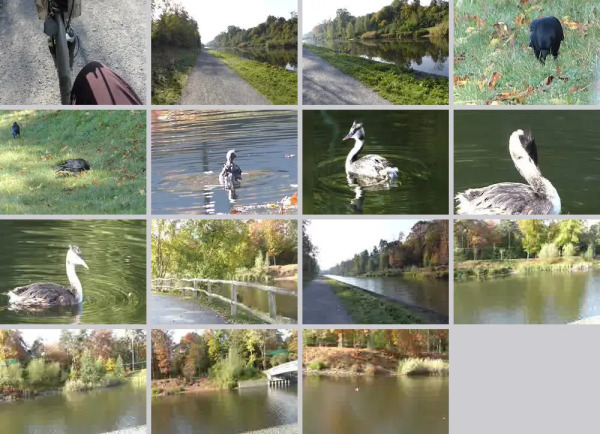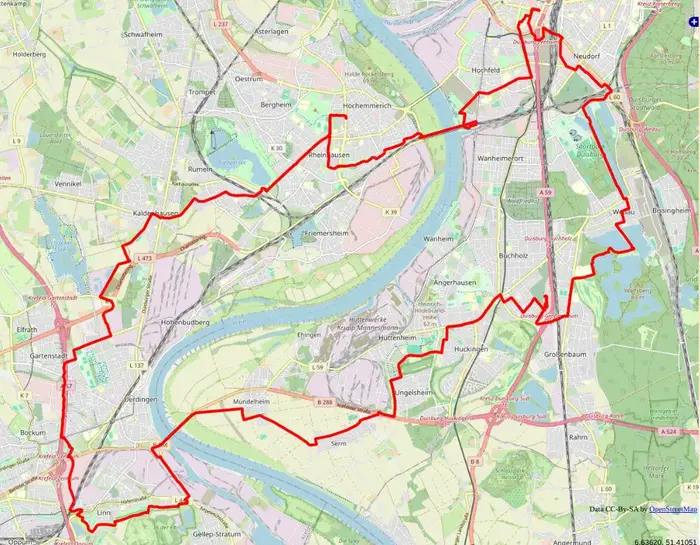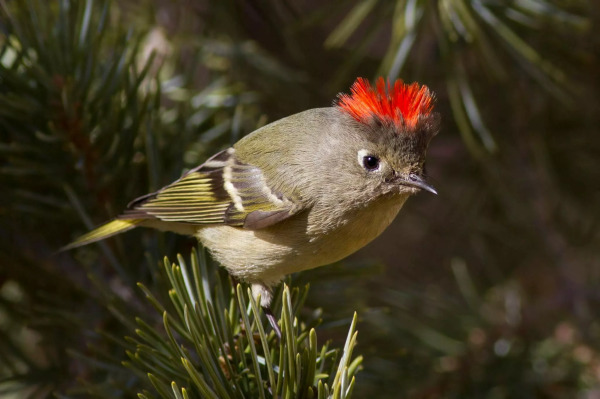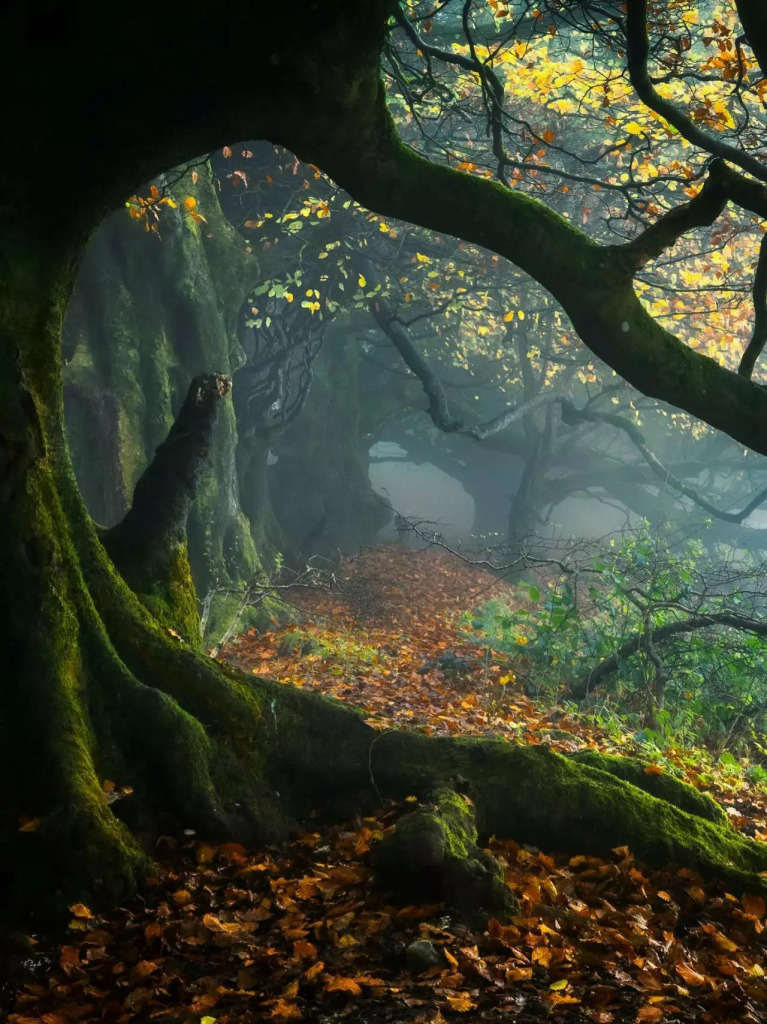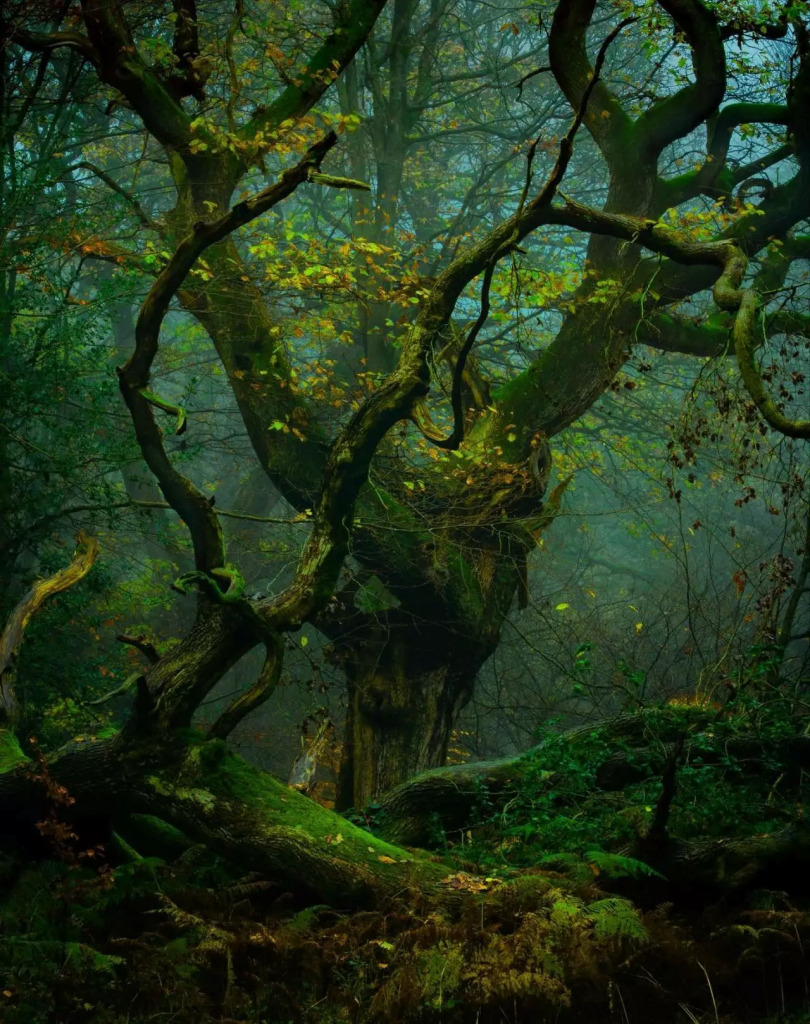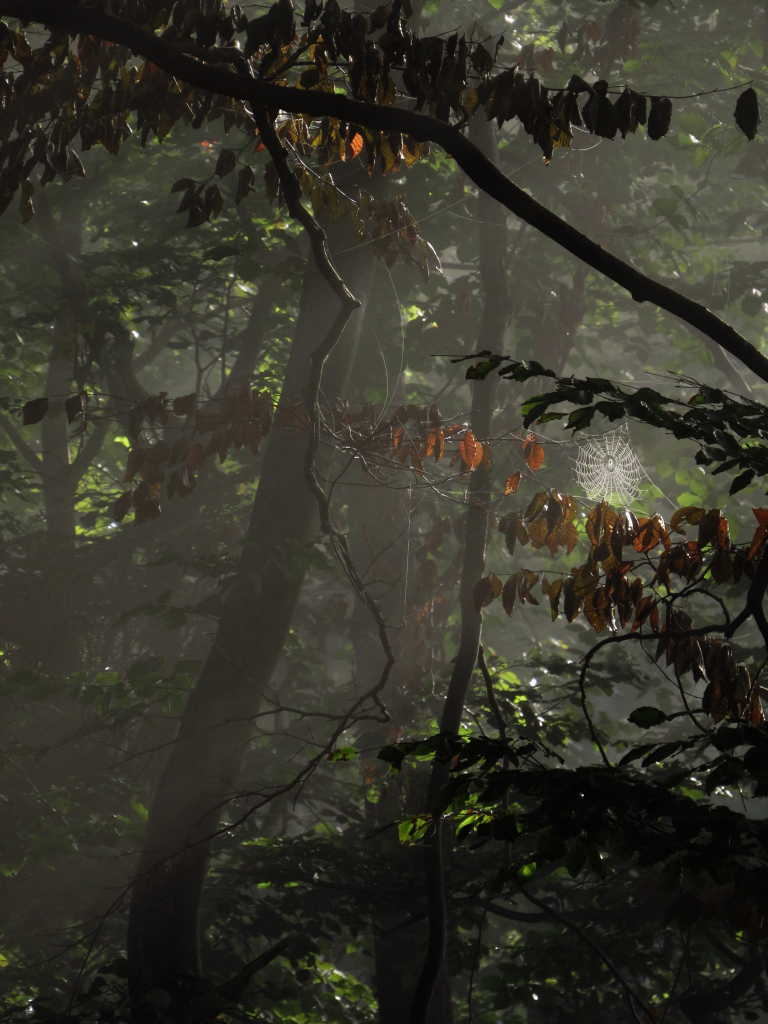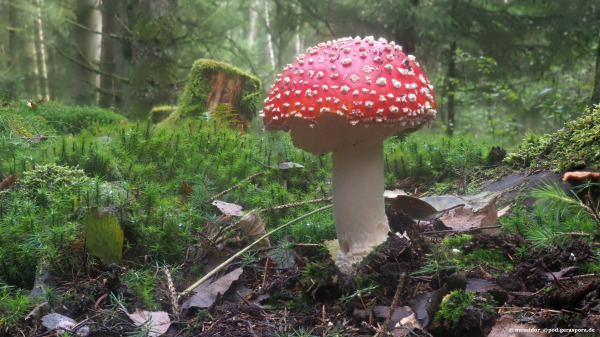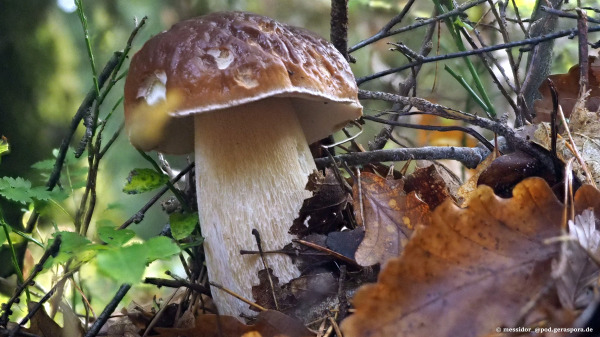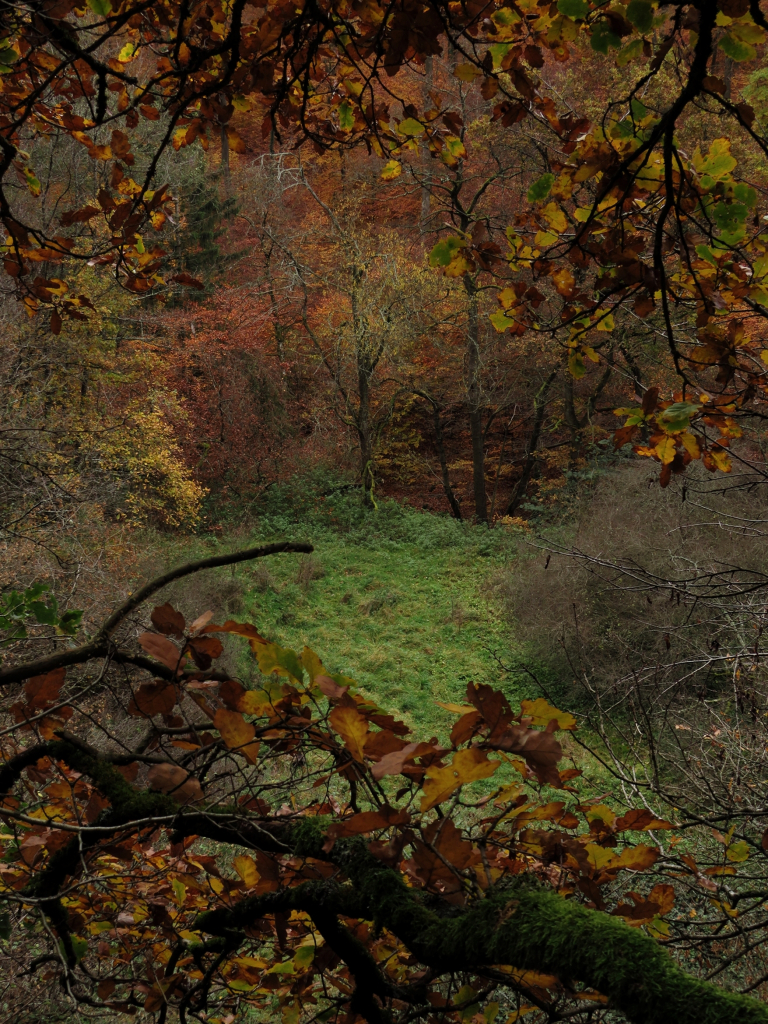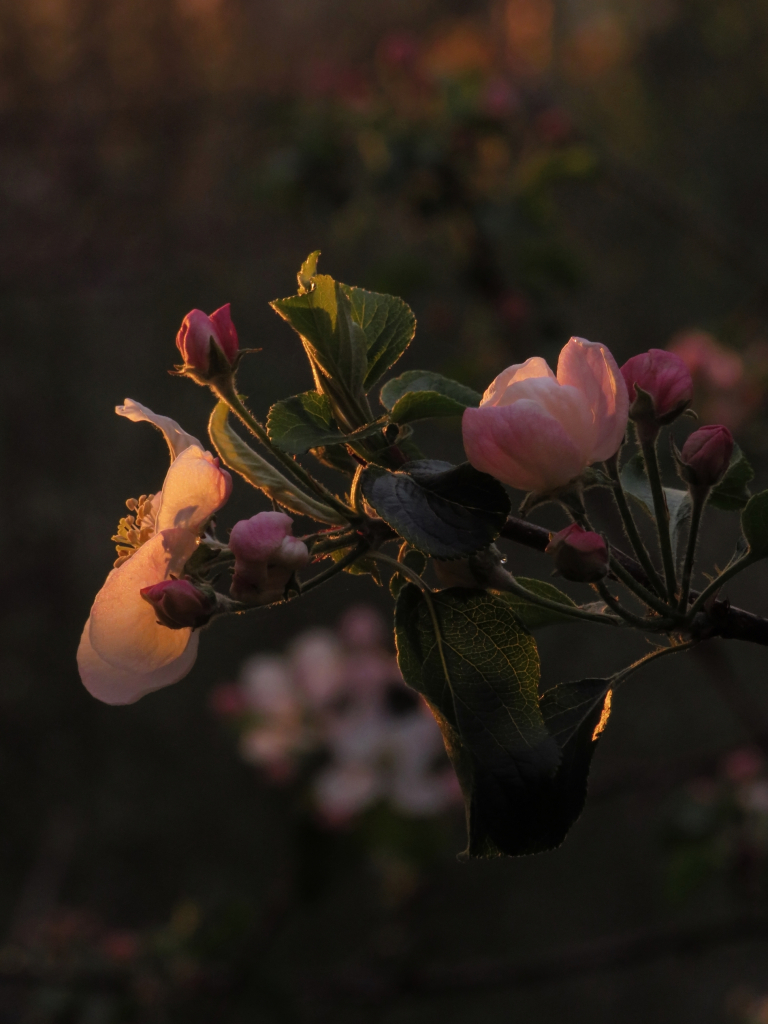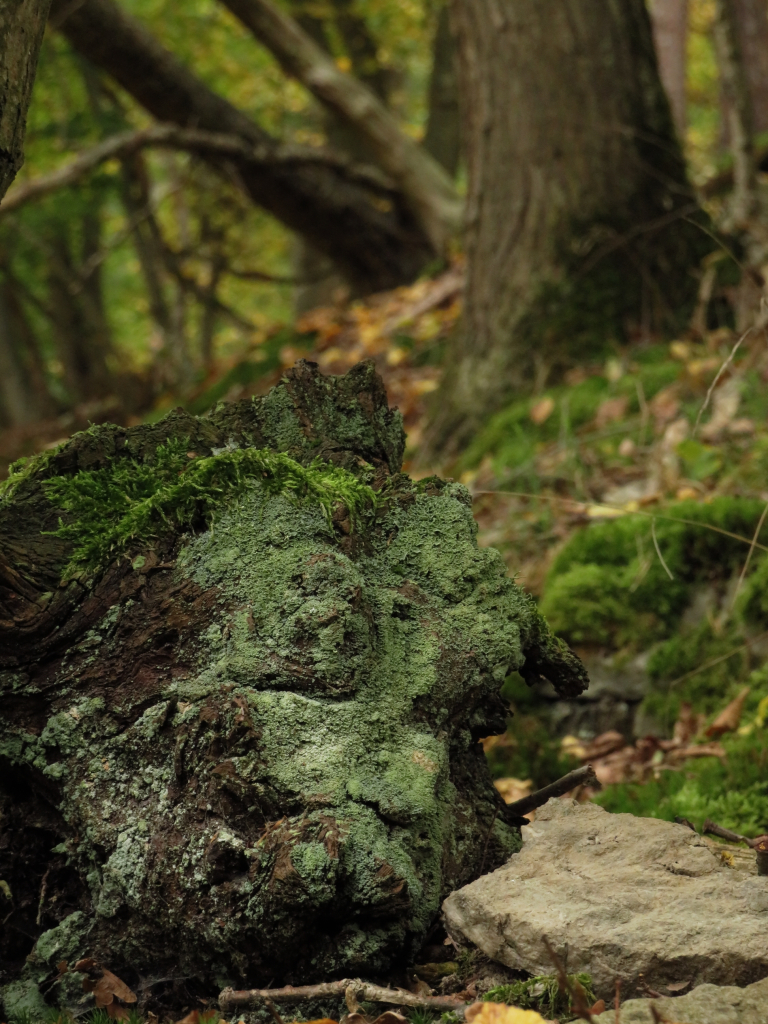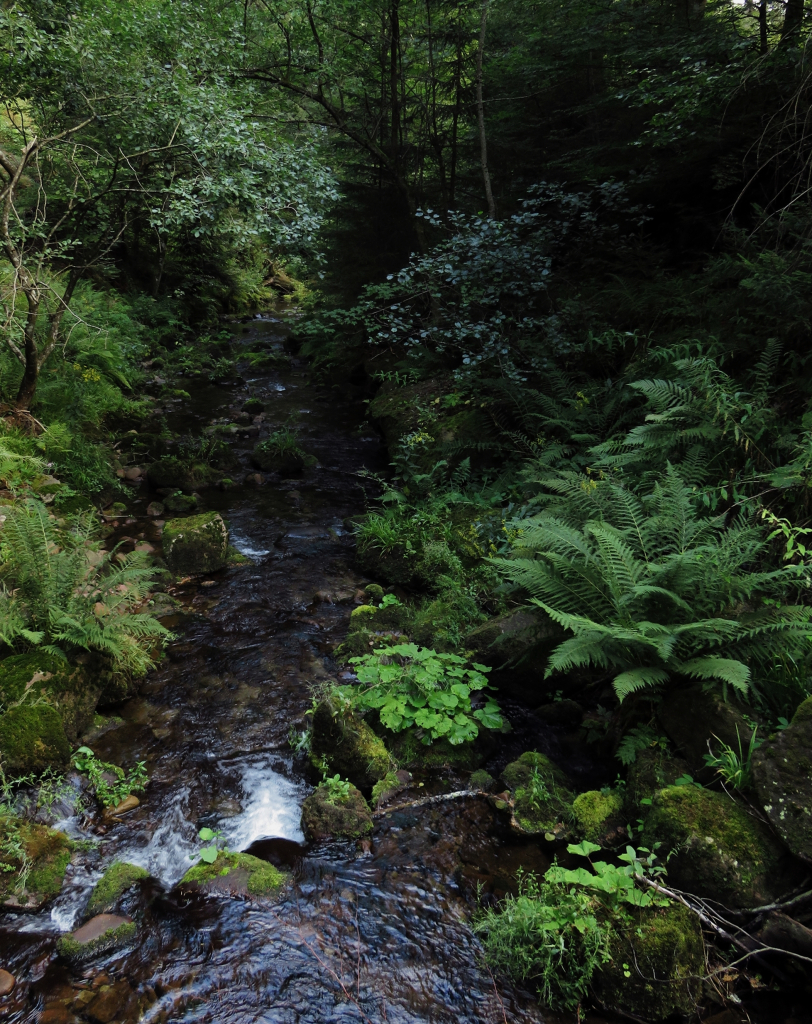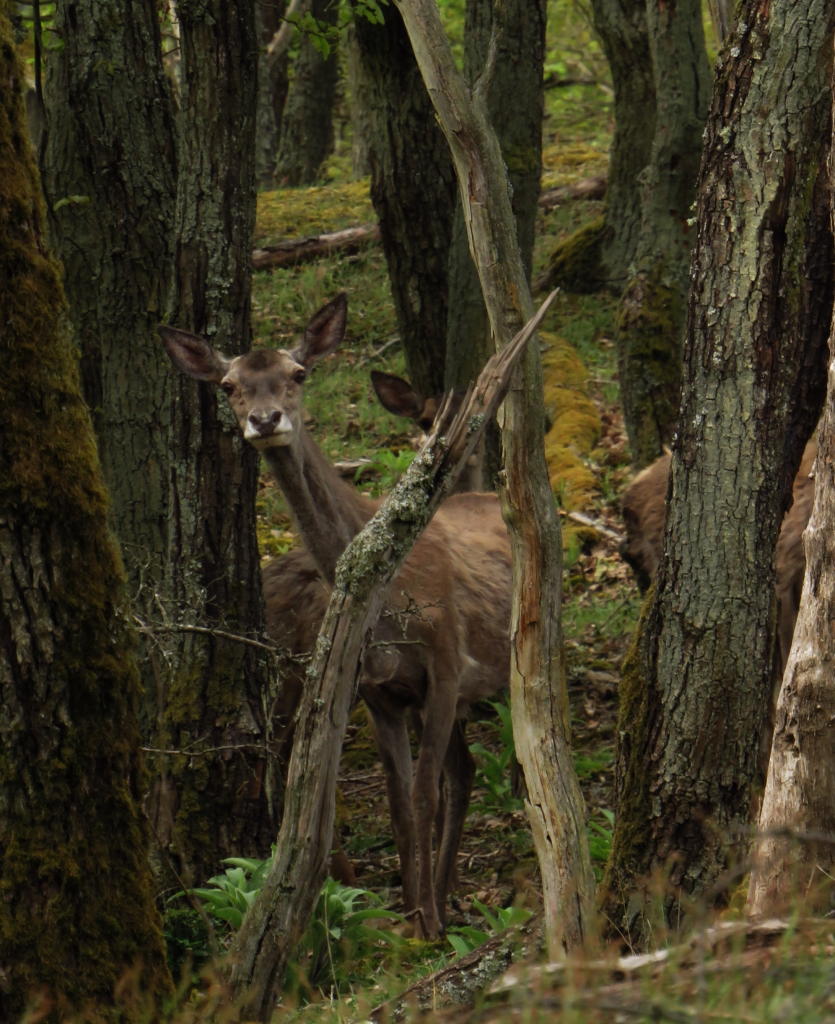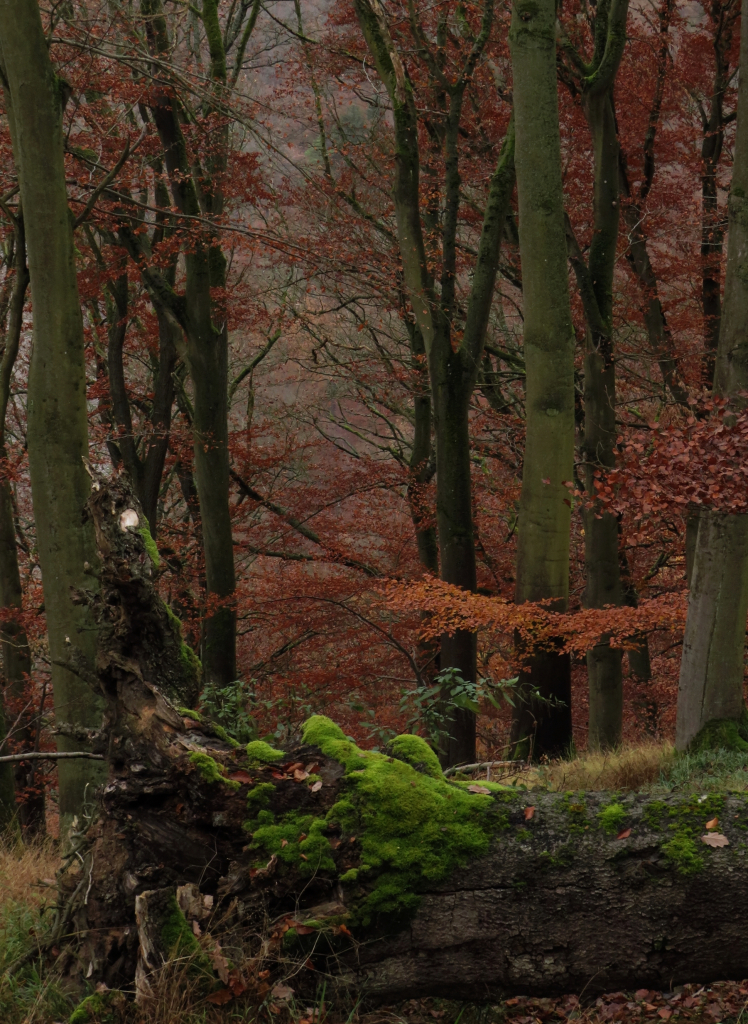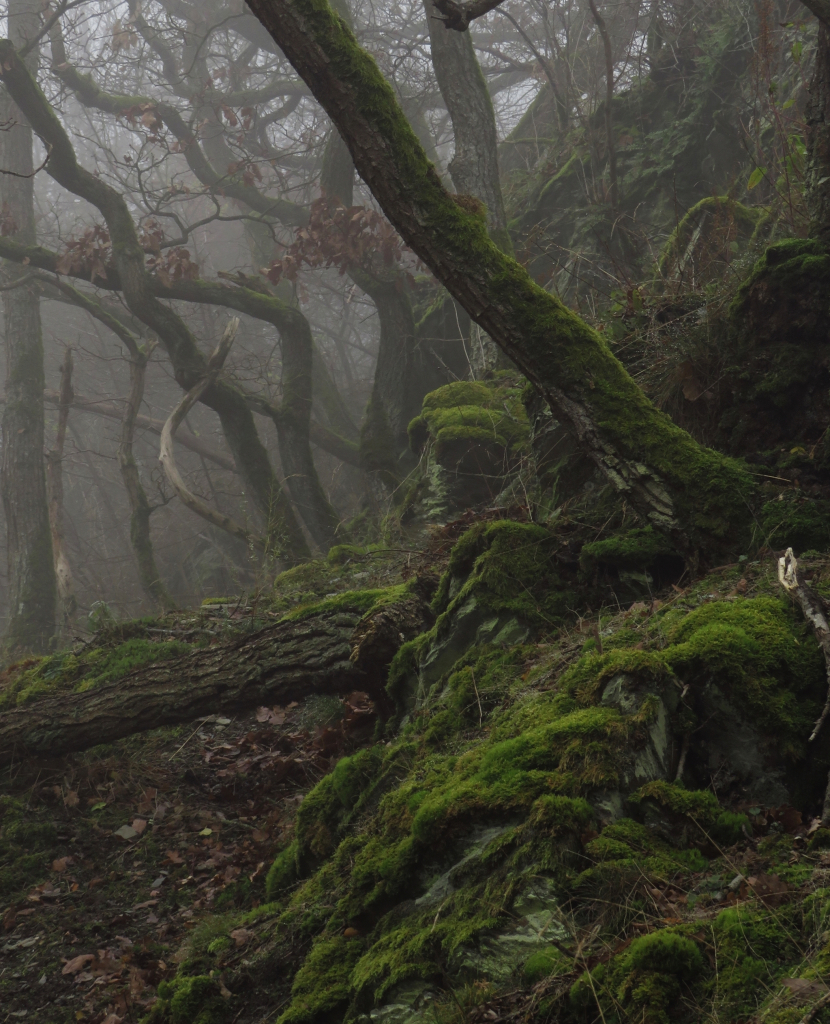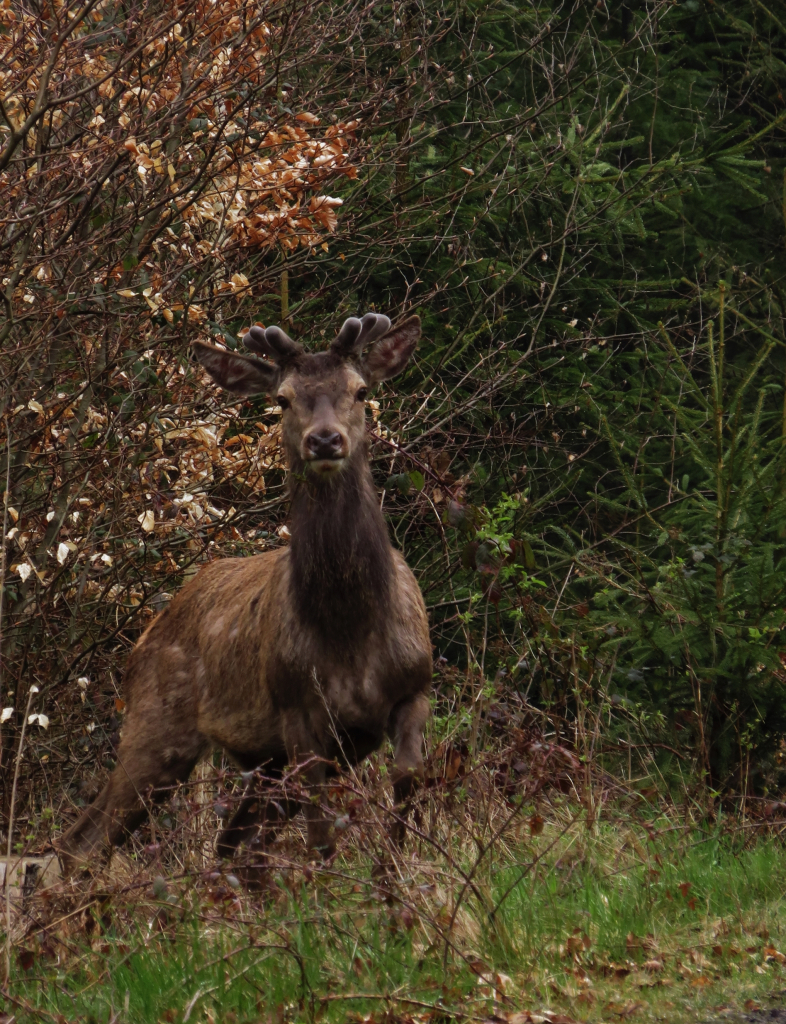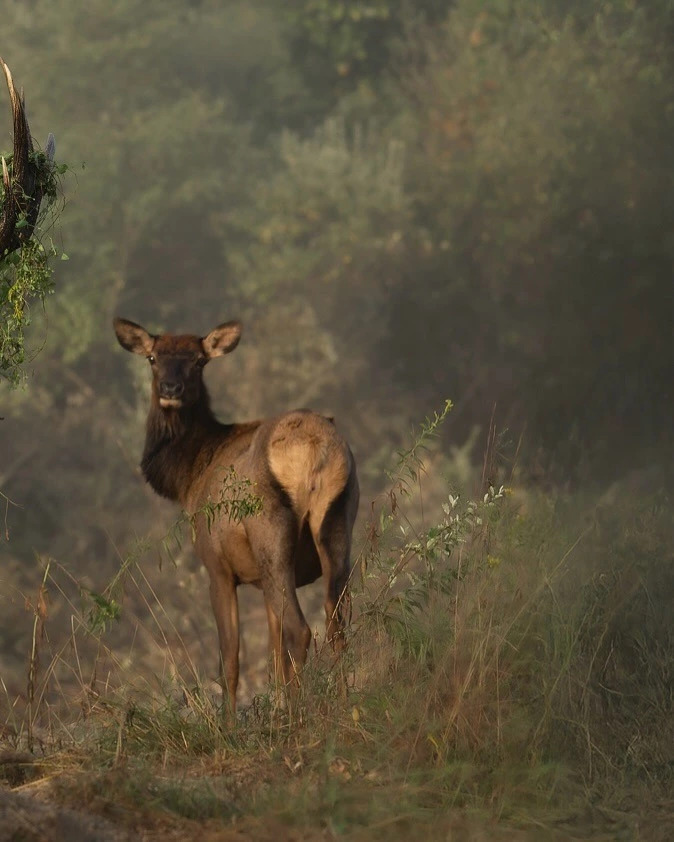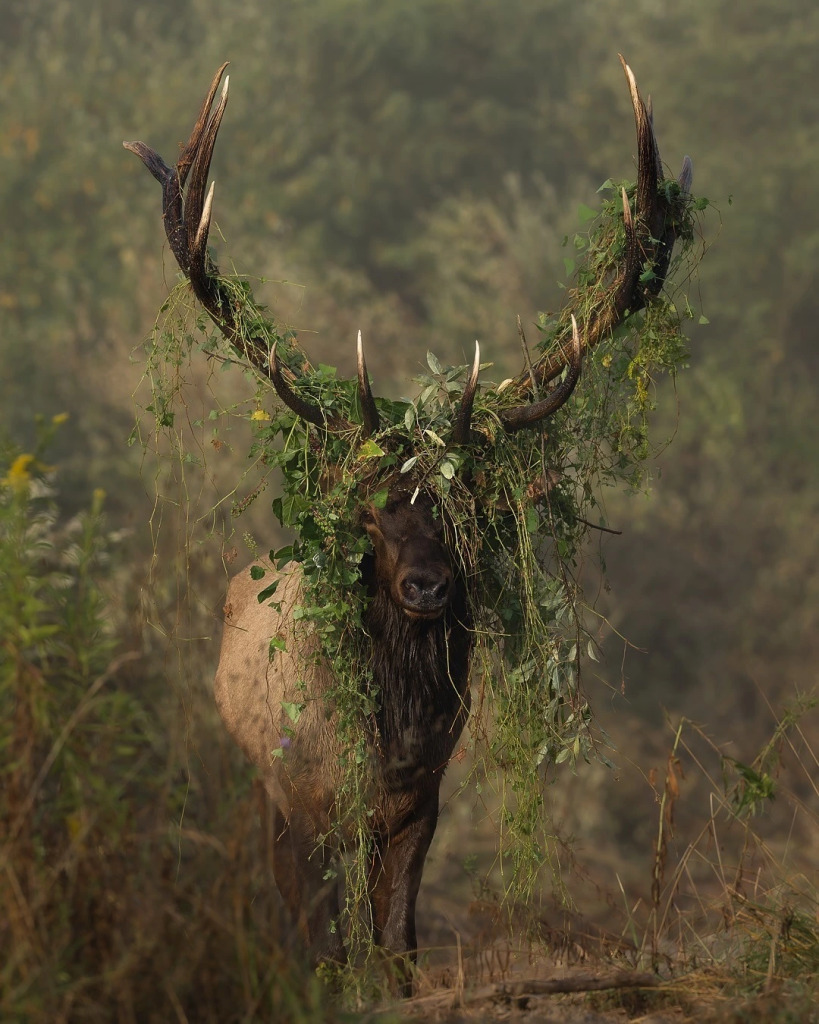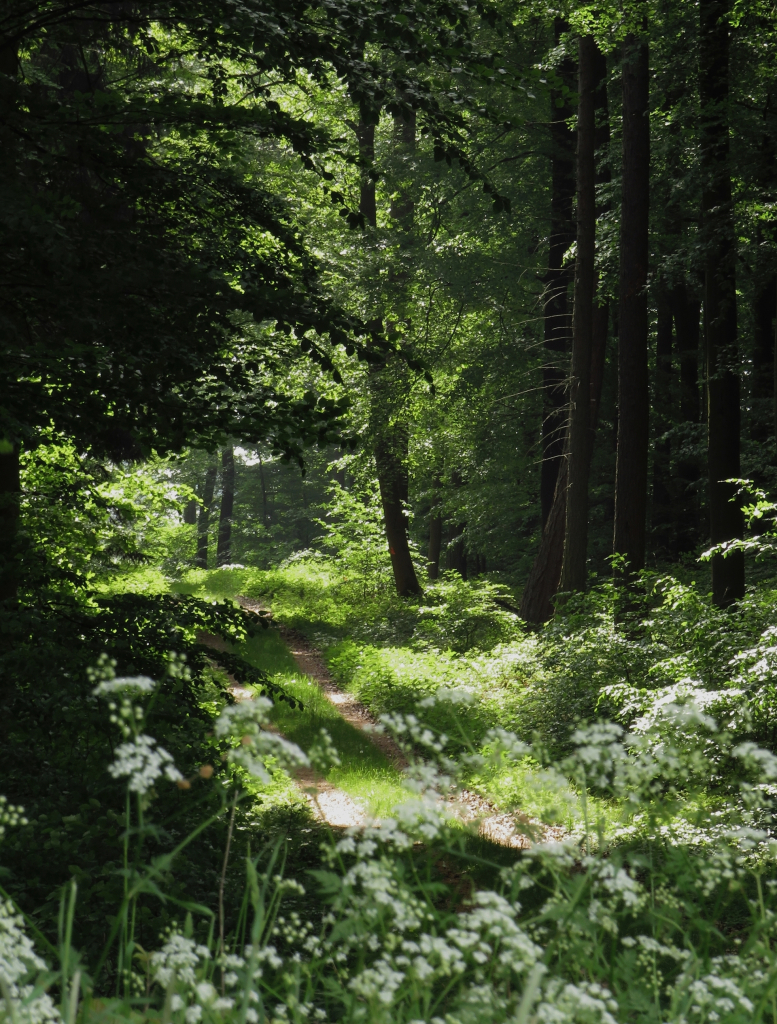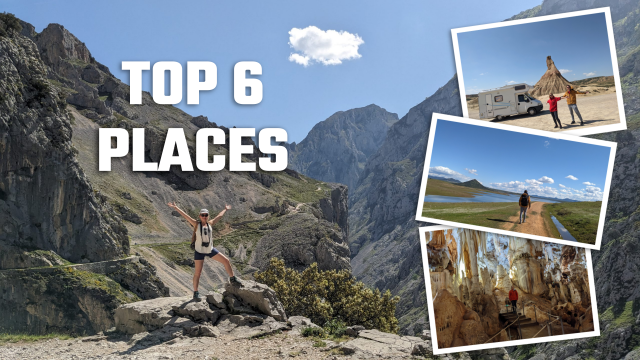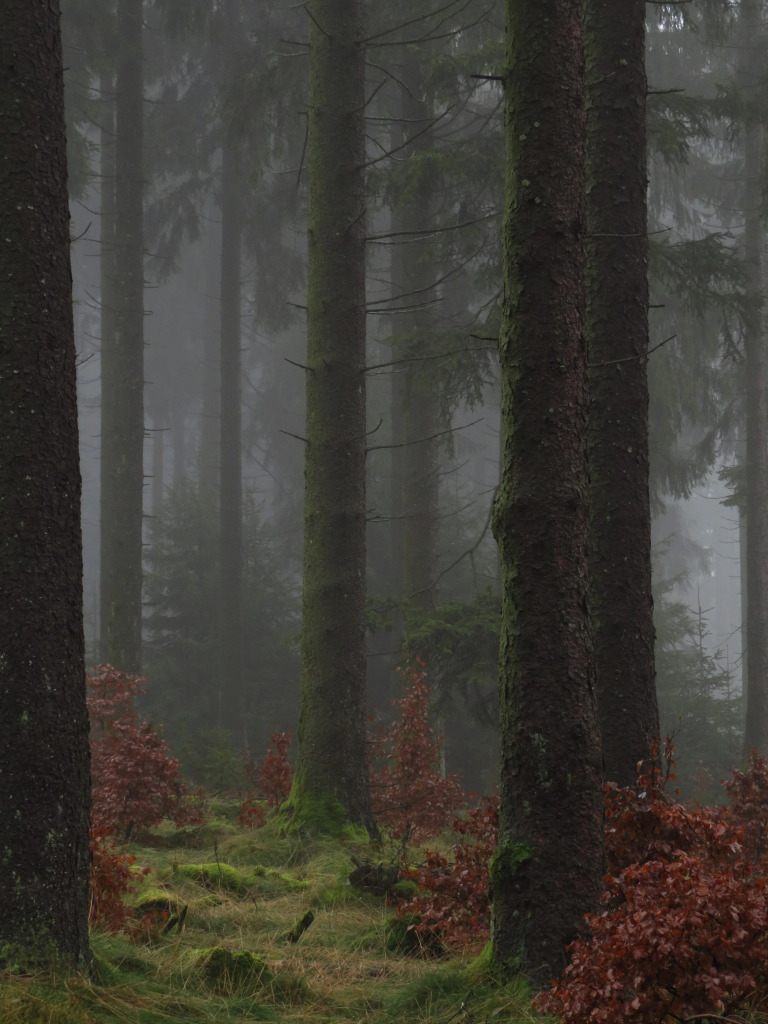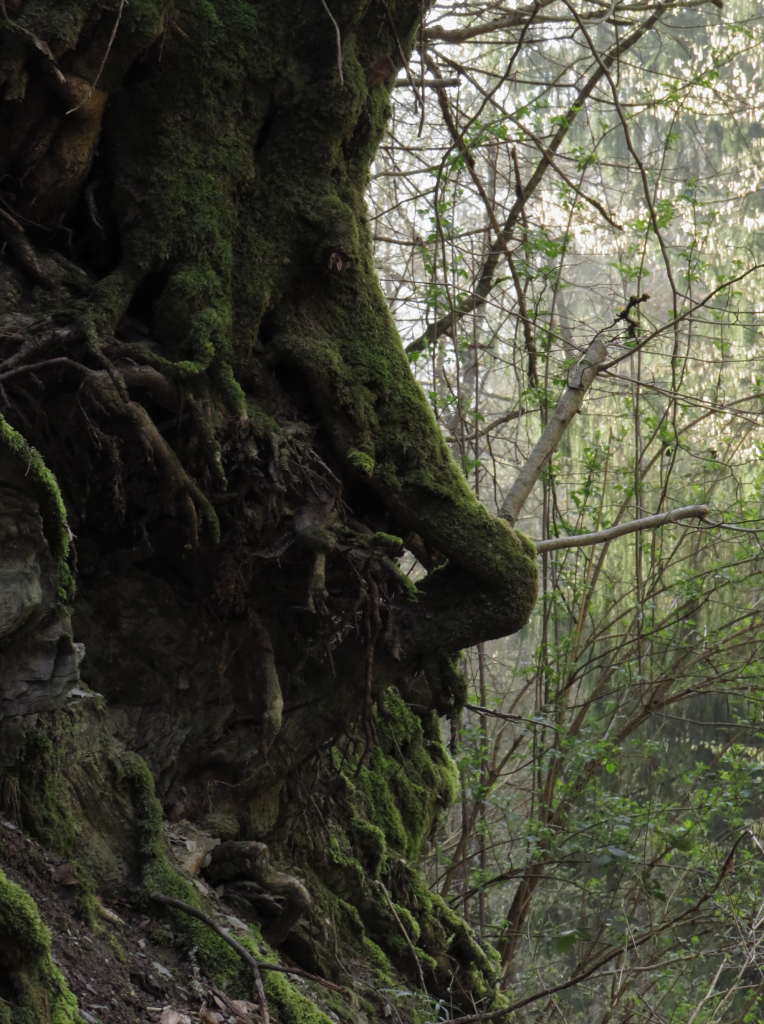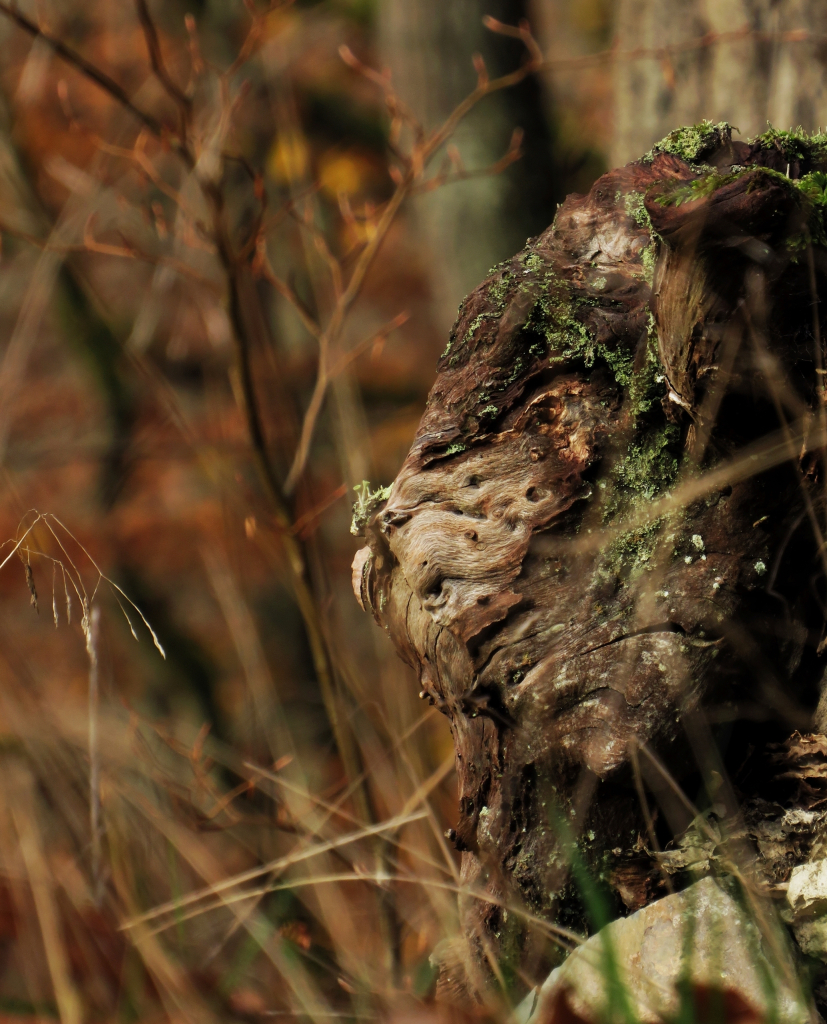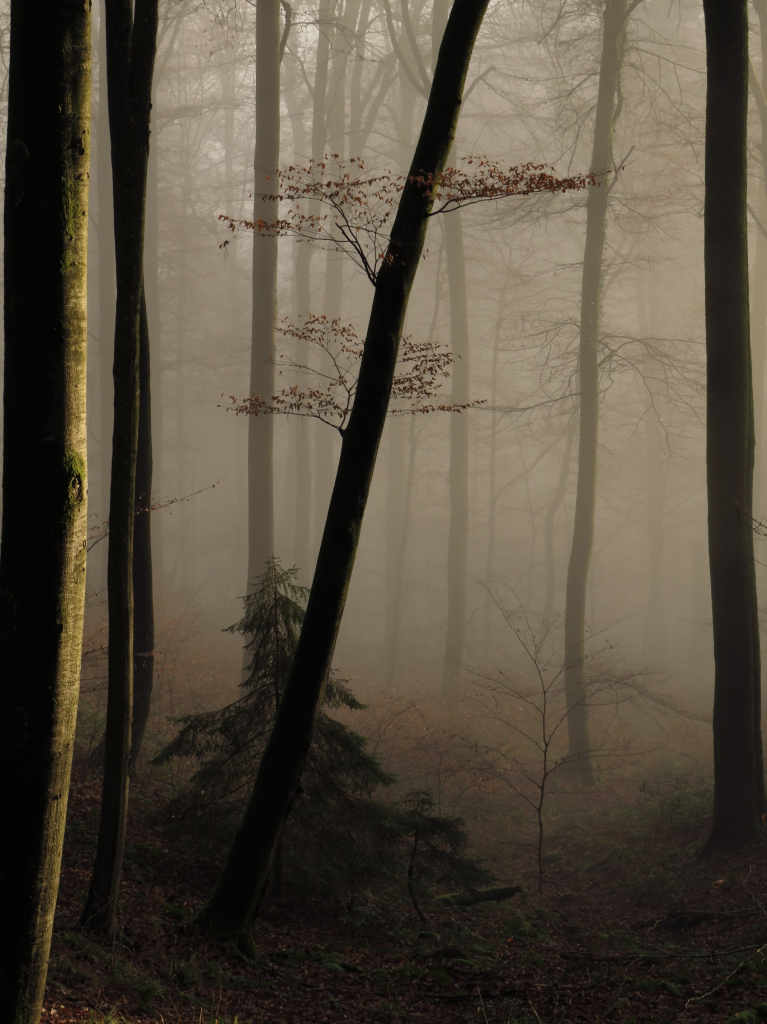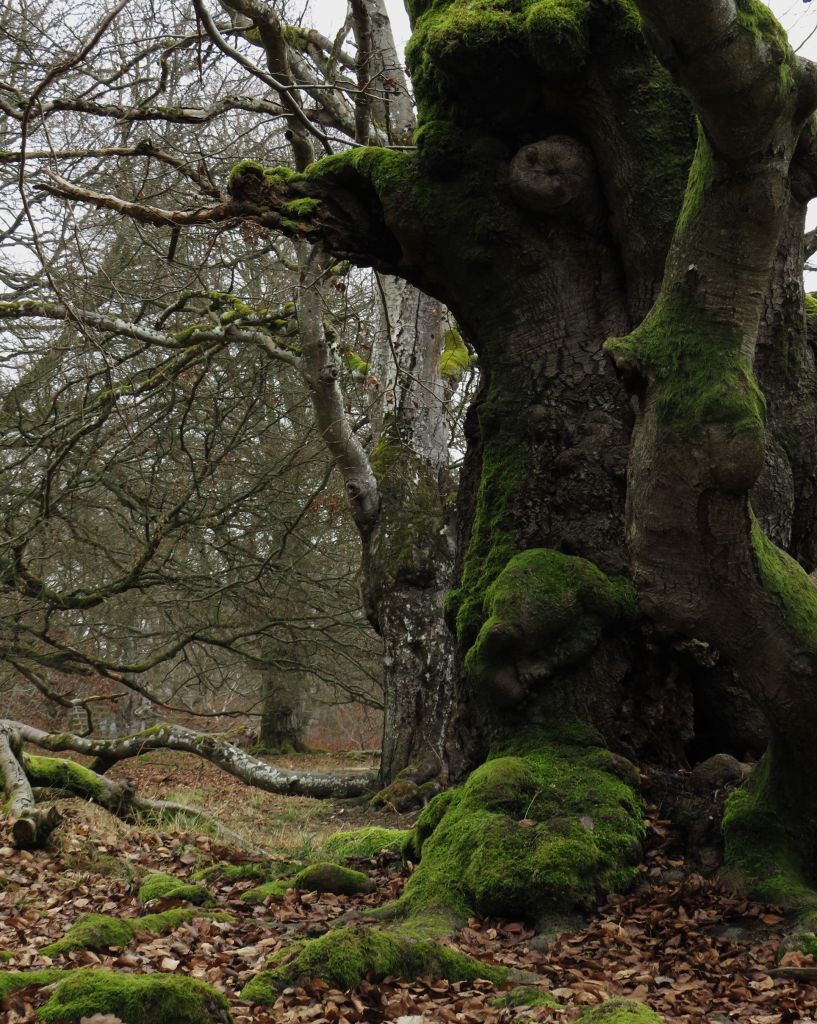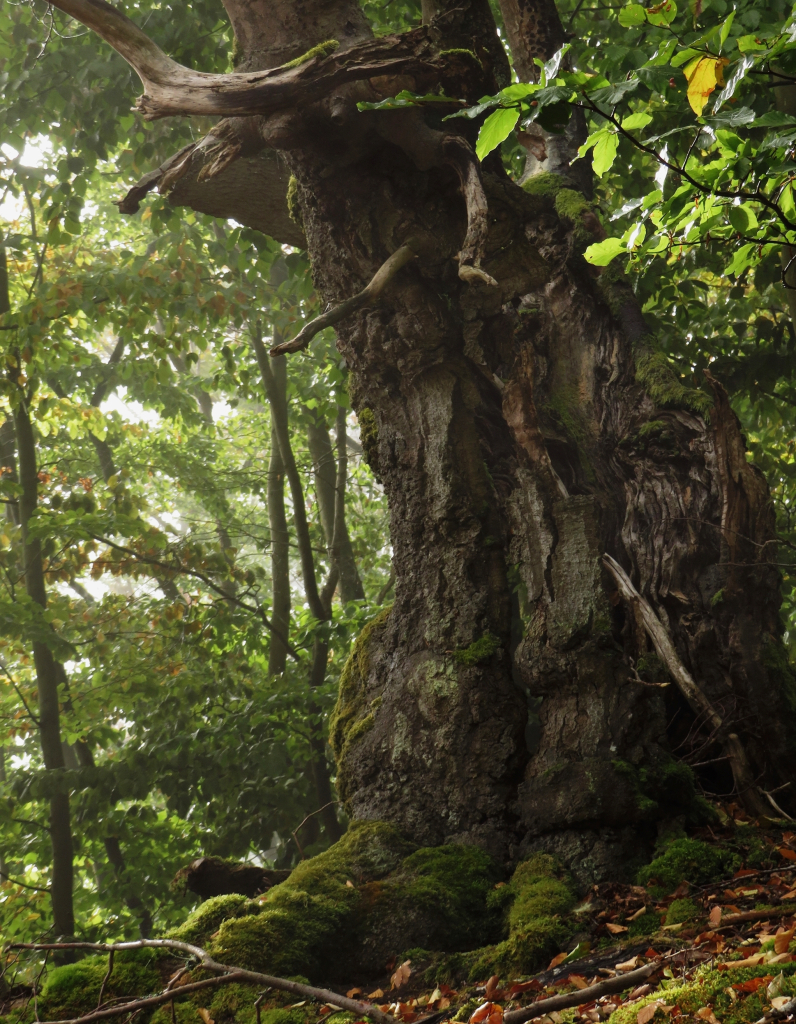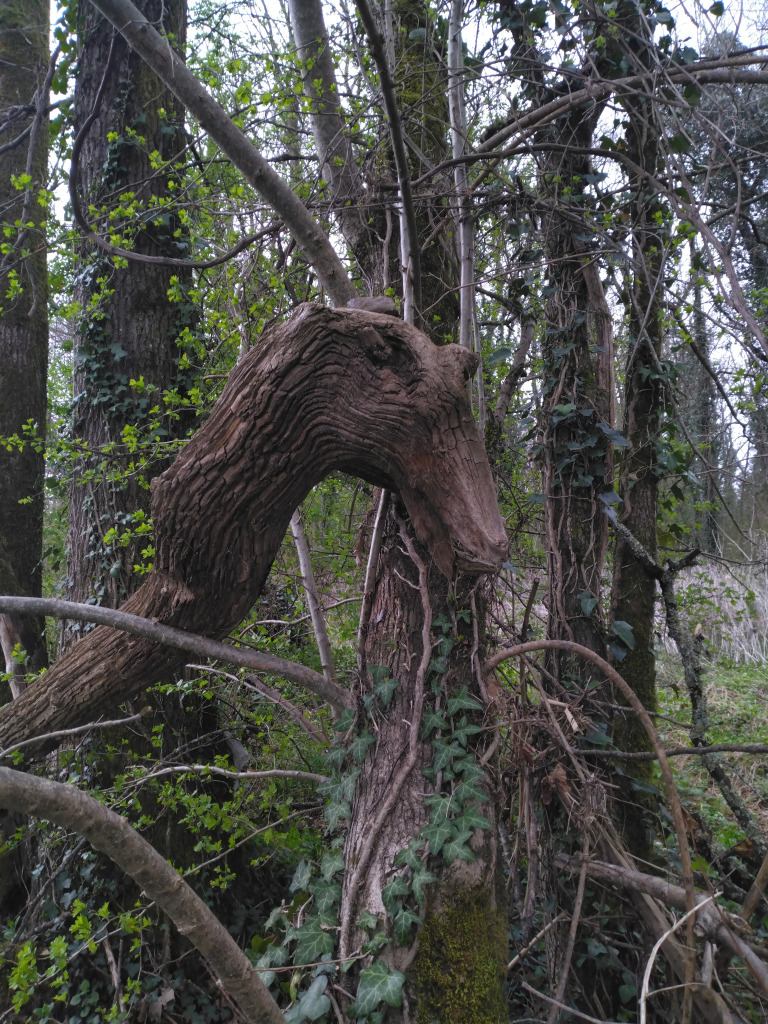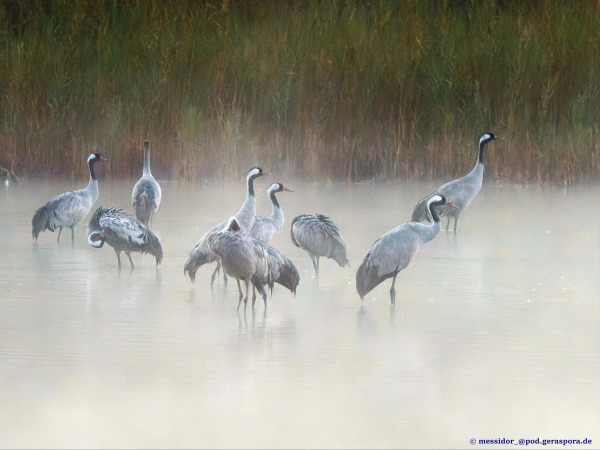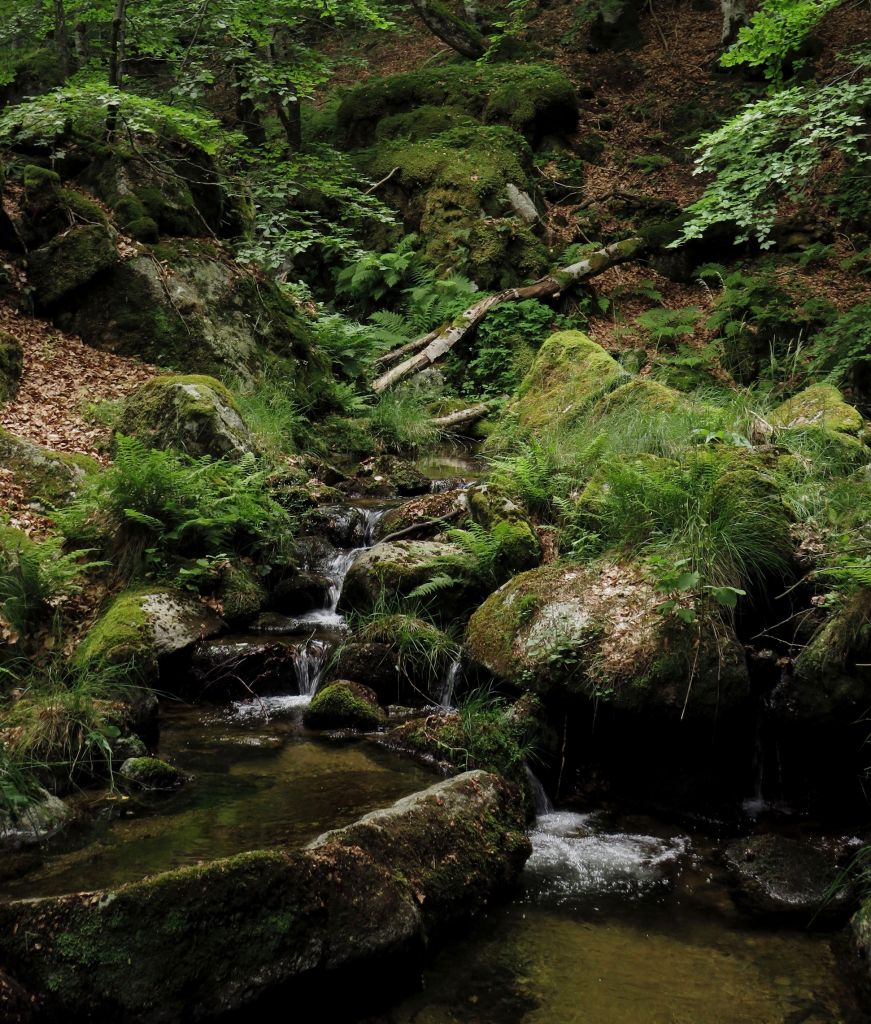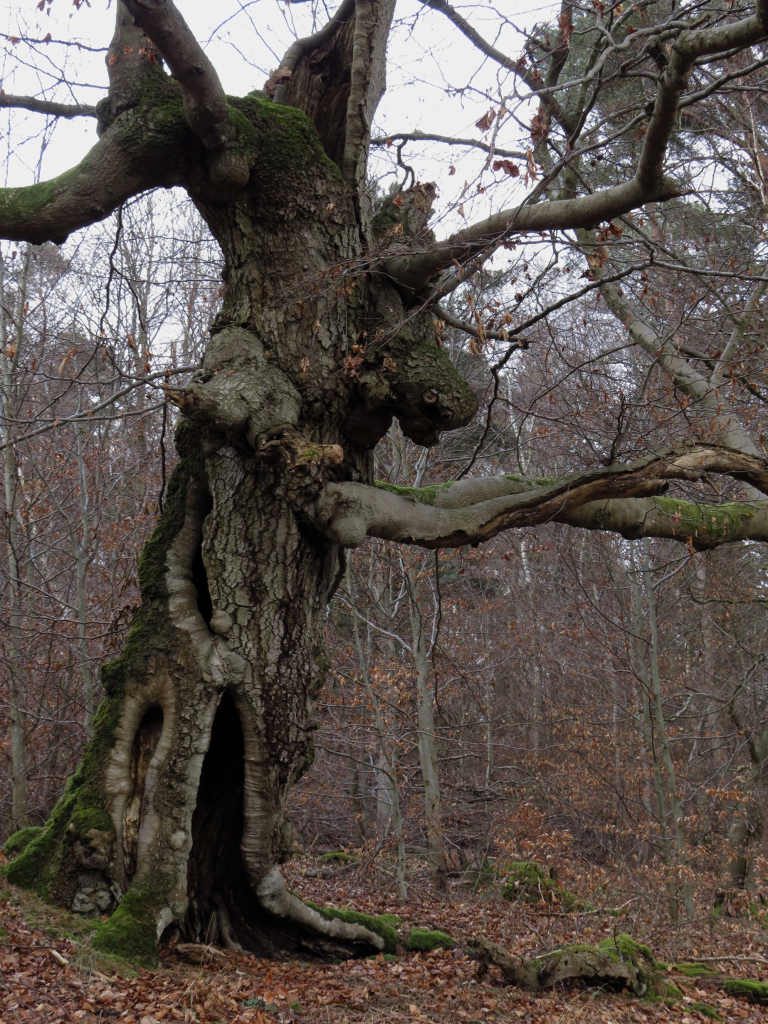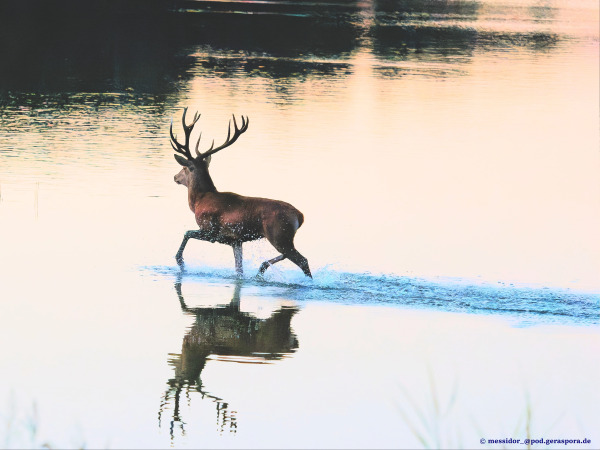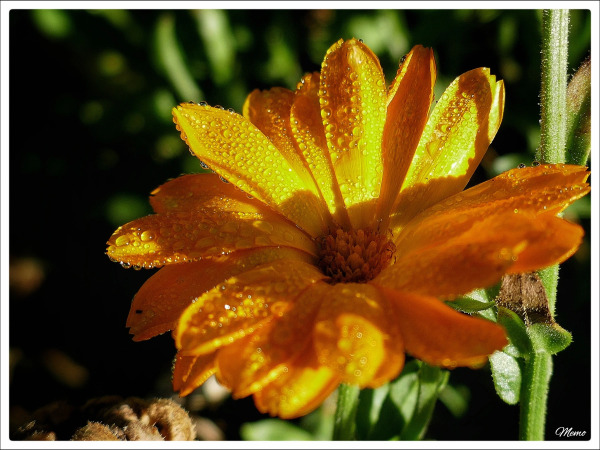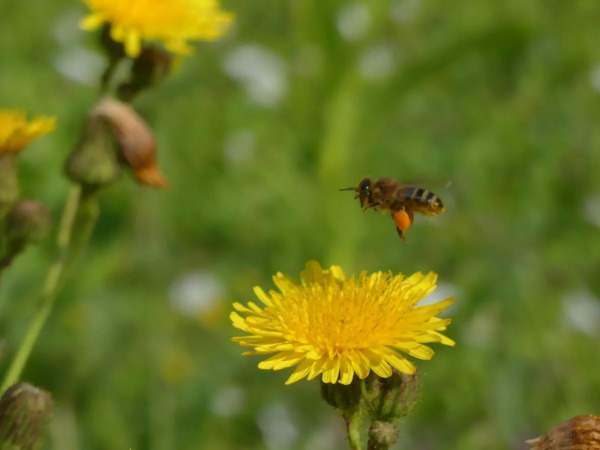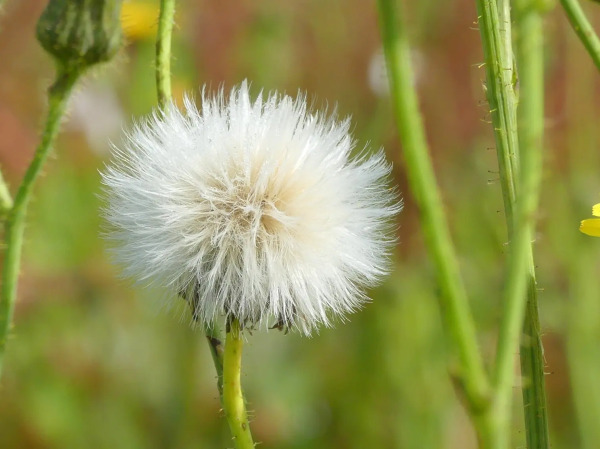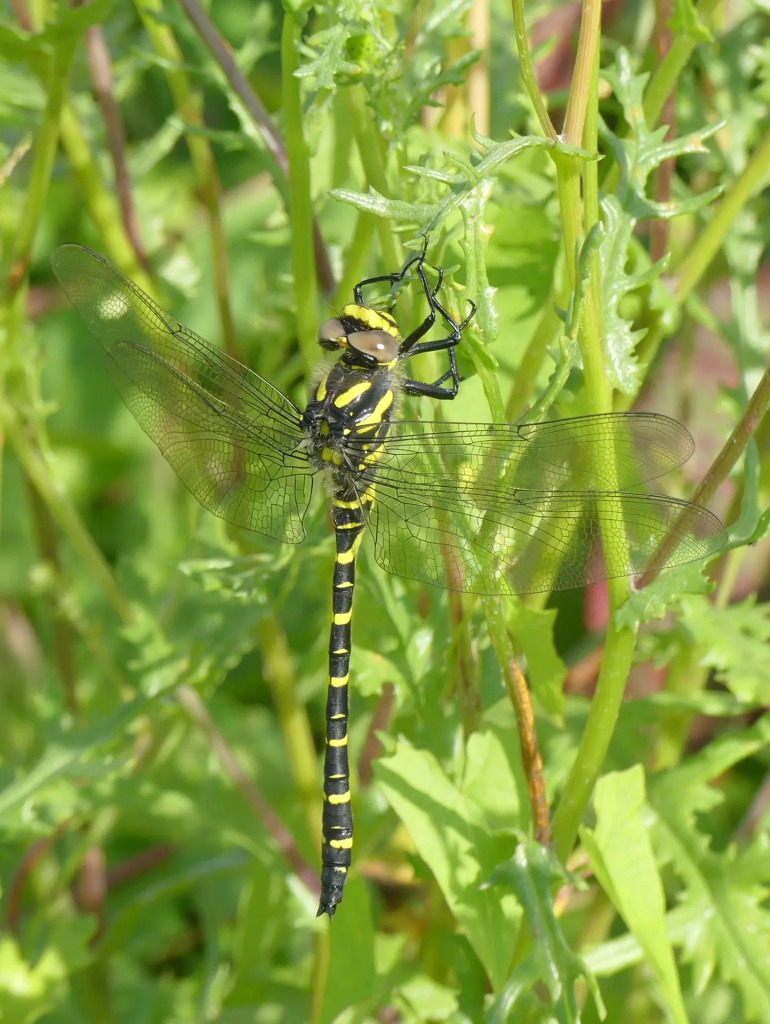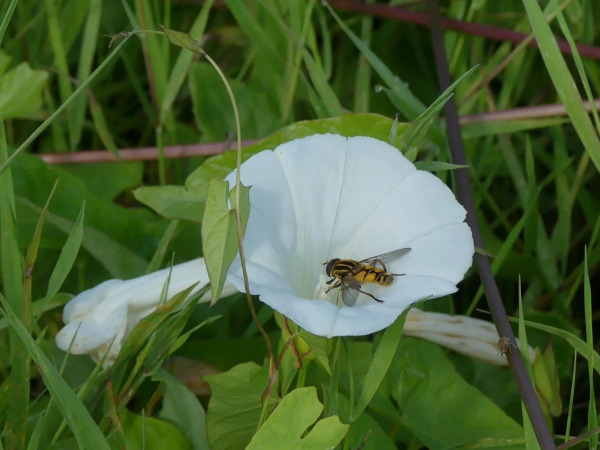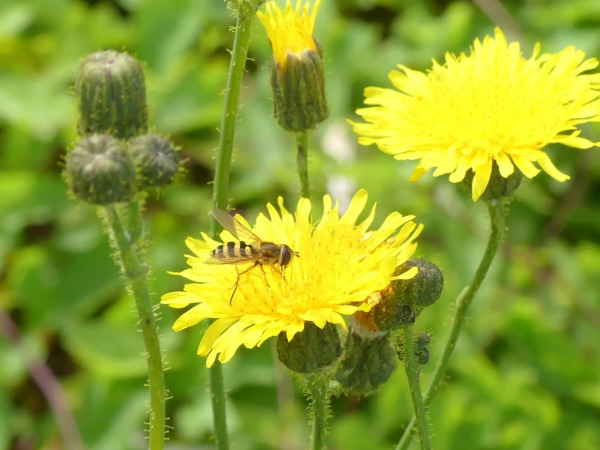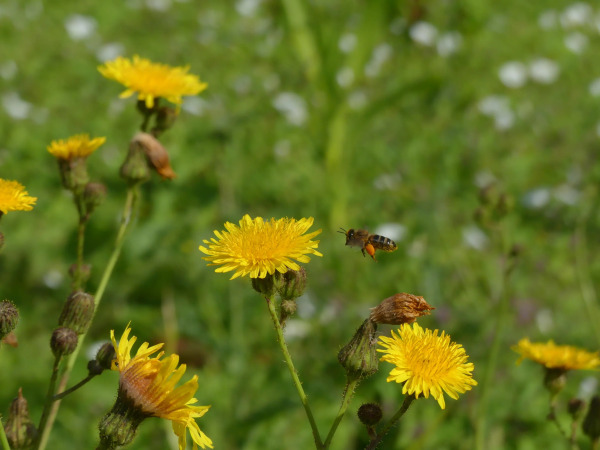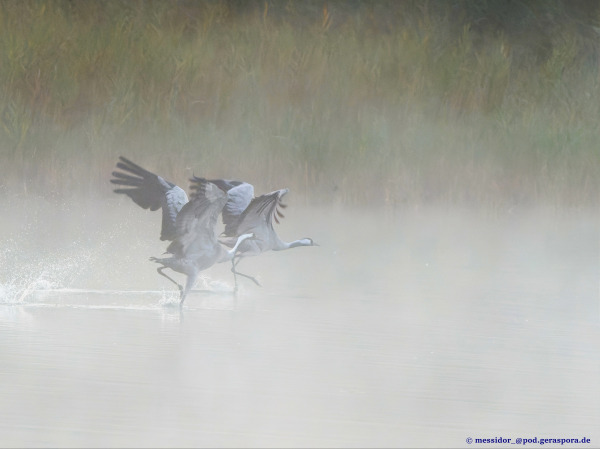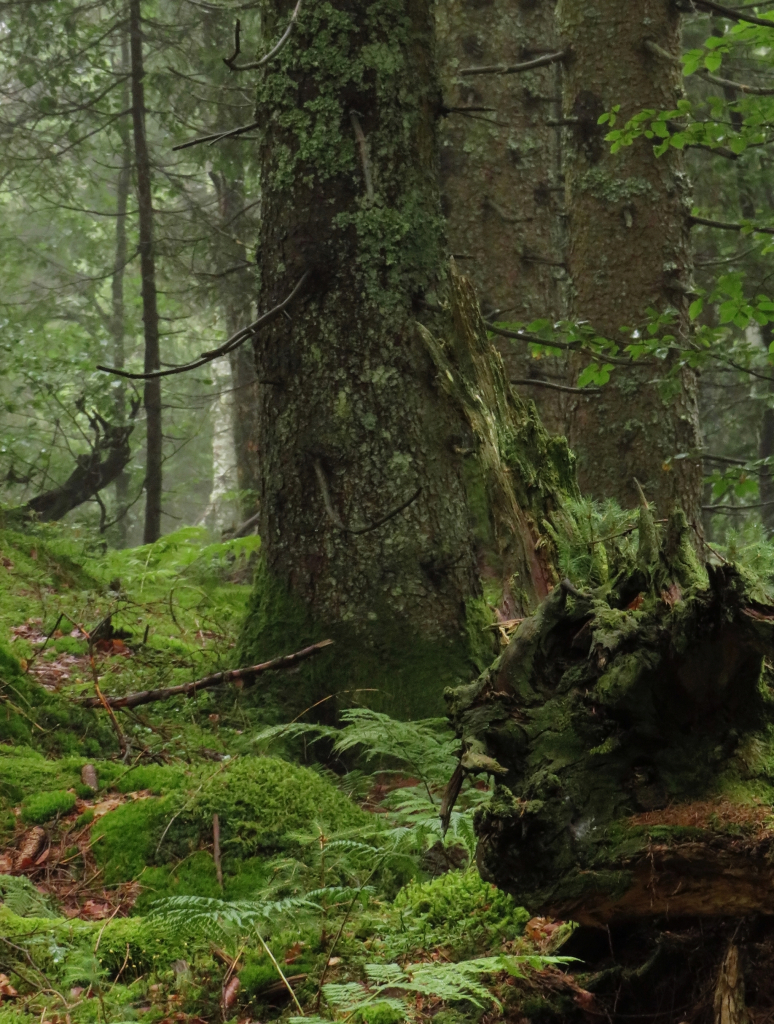Search
Items tagged with: Nature
2017-10-19 Fahrradtour / Bicycle Trip
Zwischen Regattabahn und Parallelkanal in Wedau (Duisburg)
#tiere #vögel #rabenvögel #haubentaucher #reiher #natur #wedau #regattabahn #ruhrgebiet #photography #video #slideshow #DuisburgSüd #duisburg #digital #animals #birds #corvids #GreatCrestedGrebe #GreyHerons #nature #foto #fotografie #photo #slide #fahrrad #bicyle #velo #bicycles #radfahren #cycling
Orangerotes Habichtskraut
19.10.2025
#foto #photo #photographie #Fotografie #Natur #Nature #myphoto #mywork #olympus #omsystem #Orangerotes-Habichtskraut #Korbblütler
Fliegenpilz
07.10.2025
#foto #photo #photographie #Fotografie #Natur #Nature #Herbst #olympus #omsystem #myphoto #mywork #Fliegenpilz #Pilze
TOP 6 Places we visited in Spain with the motorhome! - https://videos.trom.tf/w/iuFvWGXte95NeiZTDDzi6Q
We discovered so many amazing nature places in Spain: caves, mountains, lakes, or deserts. We avoid being motorhome-tourists, following the same path as most people with motorhomes do. We avoid big cities and crowded places and often find nature places by simply exploring digital maps to find hidden gems.
#motorhome #travel #spain #camper #vanlife #nature #traveling #caravana #picosdeeuropa #carestrail #mountains #caves
Quand tu te balades tranquille et que tu te retrouves face à un dragon
#nature #lot #quercy #balade #imaginaire #fantastique #dragon #ecologie #biodiversite
Rothirsch: Vor Sonnenaufgang am Rederangsee
29.09.2025
#foto #photo #photographie #Fotografie #Natur #Nature #olympus #omsystem #om-1 #myphoto #mywork #Rothirsch #Rothirsche
≪ Schönheit am Wegesrand ≫
_(Bildbeschreibung: Eine orangefarbene Blüte der Ringelblume am frühen Morgen mit Wassertröpfchen auf den Blütenblättern.)_
#photography #fotografie #foto #photo #postprocessed #myphoto #mywork #ownwork #nature #natur #umwelt
Voici quelques insectes que l'on peut voir ces jours-ci :
Hélophile suspendu (Helophilus pendulus) posé sur un liseron,
abeille mélifère (Apis melifera) en approche d'une fleur de picris-fausse-épervière (2)
Syrphe du groseiller (Syrphus ribesii)
Cordulégastre annelé (Cordulegaster boltonii)
et l'envol d'un Bourdon bohémien (Bombus bohemicus).
Bienen, Hummeln und rote Astern
Bees Bumblebees and Red Asters
23. September 2017
Im Stadtpark Uerdingen (Krefeld) -> https://www.goehde.com/fotos/index.php?/category/533387
#Bienen #hummeln #natur #blumen #astern #video #uerdingen #krefeld #niederrhein #StadtparkUerdingen #animals #protostome #arthropod #insects #pterygota #neoptera #hymenoptera #bees #bumblebees #nature #flowers #asters





